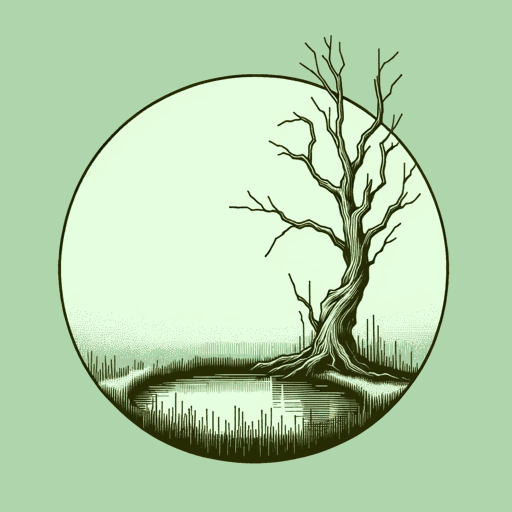24 pages • 48 minutes read
Nathaniel HawthorneThe Hollow of the Three Hills
Fiction | Short Story | Adult | Published in 2010A modern alternative to SparkNotes and CliffsNotes, SuperSummary offers high-quality Study Guides with detailed chapter summaries and analysis of major themes, characters, and more.
Summary and Study Guide
Summary: “The Hollow of the Three Hills”
“The Hollow of the Three Hills” is a short story by American author Nathaniel Hawthorne, originally published in a periodical in 1830 and later in his short story collection Twice Told Tales. Along with his signature style of Dark Romanticism and use of supernatural elements, Hawthorne employs religious imagery and the motif of decay to create an ominous mood that illustrates the story’s themes of The Destructiveness of Guilt and Shame, Good Versus Evil, and The Danger of Strict Religious Beliefs. These thematic concerns show up in many of Hawthorne’s works, perhaps most notable in his novel The Scarlet Letter (1850). The eponymous scarlet A that the main character wears in the novel to publicly admit her adultery is now a well-known reference to shame in current American culture, even making appearances in pop culture, illustrating the impact of Hawthorne’s oeuvre.
This guide refers to the version of the text that is freely available on American Literature.com, featured as the short story of the day on January 18, 2019.
The point of view of the story is primarily third person objective, though the story deviates from this point of view twice, once in Paragraph 11 when Hawthorne uses a first-person point of view, and once in Paragraph 13 when he uses a third-person limited point of view. The unnamed protagonist experiences both internal and external conflict in dealing with her own guilt and the oppressive society she lives in.
The story opens as two women meet for an appointment. One is described as youthful and beautiful “though pale and troubled” and the other is described as “withered, shrunken, and decrepit” (Paragraph 1). The women are meeting during sunset by a putrid pond in a secluded outdoor area filled with decaying grass and trees. The narrator informs readers that tradition states locations like this one were once meeting spots for witches to conduct Satanic rituals.
The younger woman, referred to throughout the story as “the lady,” has called the meeting, and the old woman urges her to state what she wants, saying that there is only a short amount of time that they can be there. Although the lady seems fearful, she tells the old woman that she has left important people behind and wants to know how they are doing. The old woman says that she is unable to know how someone far away would be doing, but that if the lady follows her commands, she will have the answer. The lady vows that she will do whatever the old woman says, even if it leads to her own death.
The old woman sits on a tree trunk and tells the lady to kneel in front of her with her forehead on the old woman’s knees. When the lady kneels, the edge of her dress dips into the putrid water. The old woman puts her cloak over the lady’s head, surrounding the lady in darkness, and begins to say a prayer.
Suddenly, the lady exclaims that she needs to run away so that the people whom she is inquiring about cannot see her, but then she is quiet and still. The lady sees a vision of an old man and woman talking in their home by a dying fire. The couple is talking about their daughter who has run away. This daughter’s leaving has caused the couple much grief and shame. They begin to talk about another sad event but then the vision ends.
The old woman gleefully notes that the couple has been having a difficult time, and the lady, filled with humiliation, wonders if the old woman was able to see the vision as well. The old woman assures her that she can see both this vision and future visions and tells the lady to cover her head again so they can see more.
The lady then sees a vision of a church service. The congregants are caught up in a wild excess of emotion, and the lady hears screaming, singing, and “a wild roar of laughter, broken suddenly by groanings and sobs” (Paragraph 15). Spiritual forces are then brought into play, with the sound of the chains of judgment rattling and the angels ordering the chains to desist. The scene focuses on the preacher pacing in the front of the church. He tells the congregation about his wife fleeing their home and breaking his heart.
The vision fades, and the lady asks to see one more person. She hears the tolling of funeral bells and the sound of people walking in a funeral procession. During the funeral, the lady hears the mourners whispering malevolently about a woman who has broken the hearts of her parents and husband and “left her child to die” (Paragraph 21). When the vision clears, the old woman tries to rouse the lady, but her head remains down in the old woman’s lap. The old woman laughs and proclaims that the evening “has been a sweet hour’s sport!” (Paragraph 22).
Related Titles
By Nathaniel Hawthorne

Dr. Heidegger's Experiment
Nathaniel Hawthorne

Ethan Brand
Nathaniel Hawthorne

My Kinsman Major Molineux
Nathaniel Hawthorne

Rappaccini's Daughter
Nathaniel Hawthorne
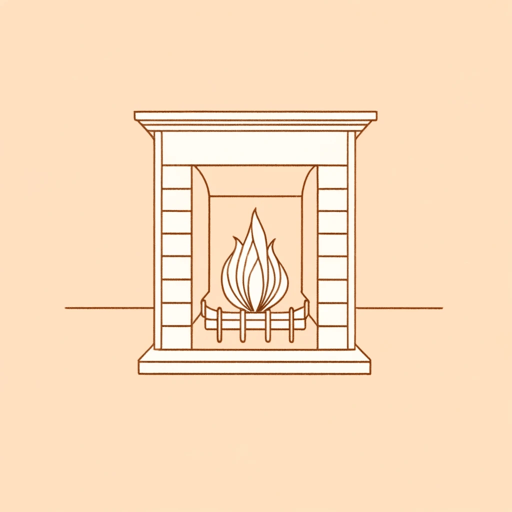
The Ambitious Guest
Nathaniel Hawthorne

The Artist of the Beautiful
Nathaniel Hawthorne
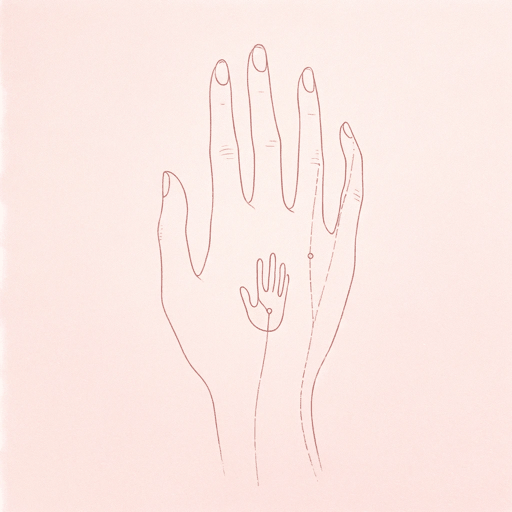
The Birthmark
Nathaniel Hawthorne
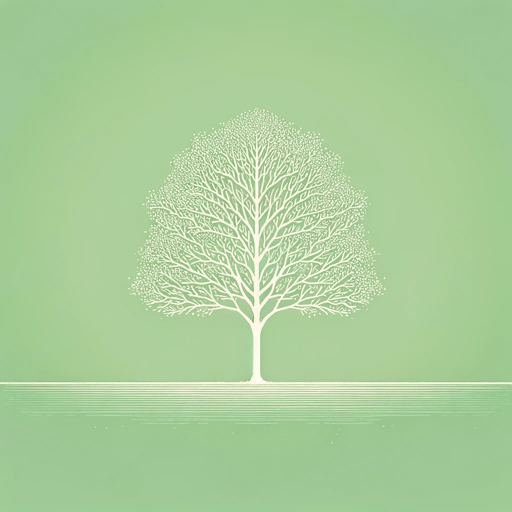
The Blithedale Romance
Nathaniel Hawthorne
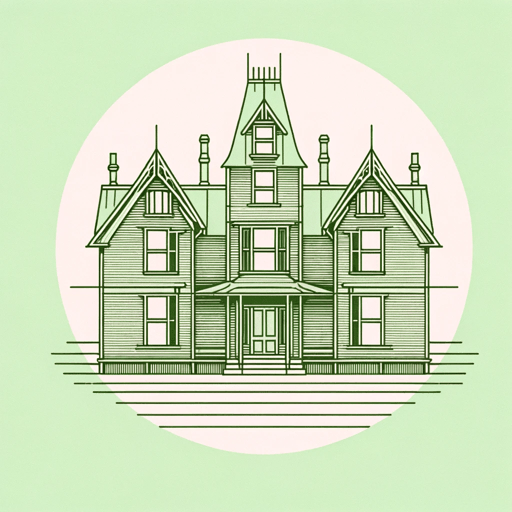
The House of the Seven Gables
Nathaniel Hawthorne
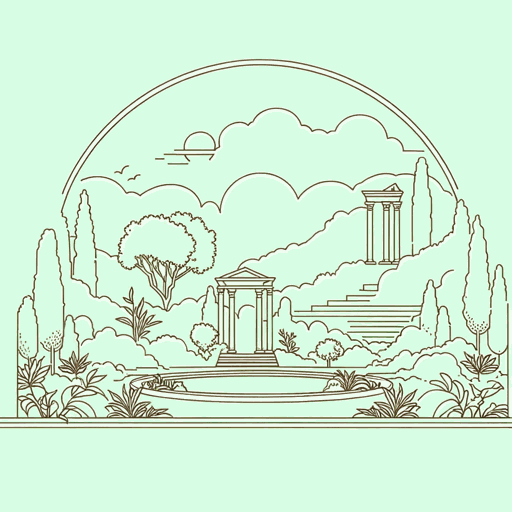
The Marble Faun
Nathaniel Hawthorne
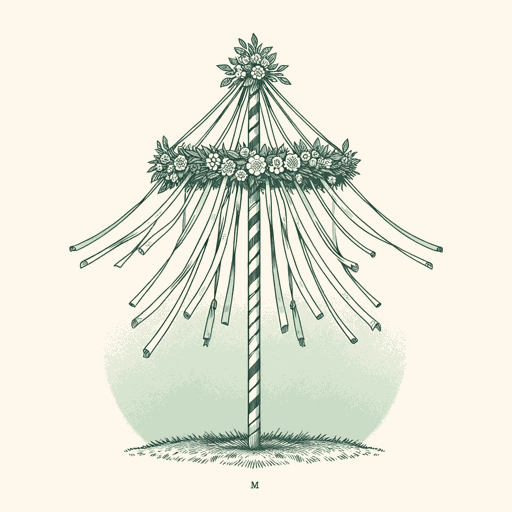
The Maypole Of Merry Mount
Nathaniel Hawthorne
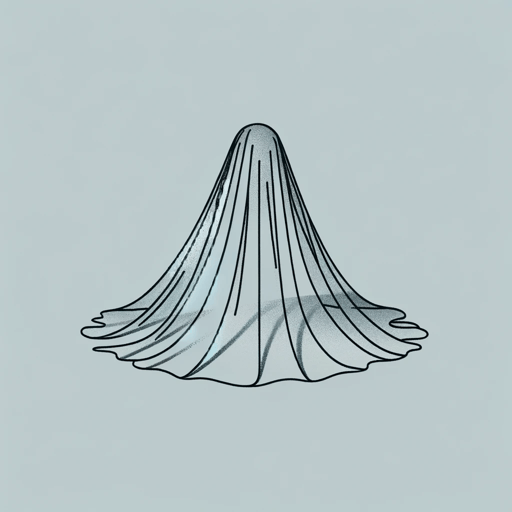
The Minister's Black Veil
Nathaniel Hawthorne

The Scarlet Letter
Nathaniel Hawthorne
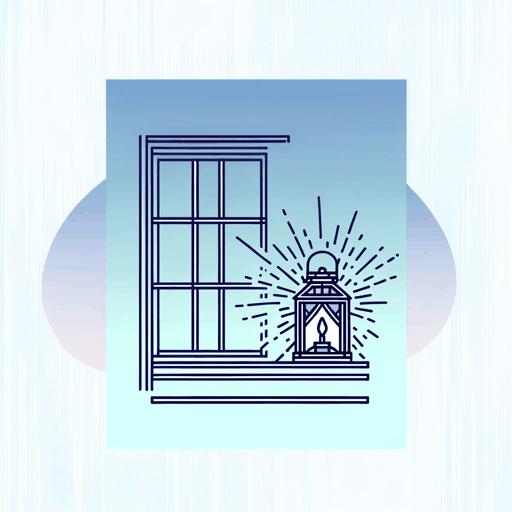
The Wives of the Dead
Nathaniel Hawthorne

Young Goodman Brown
Nathaniel Hawthorne
